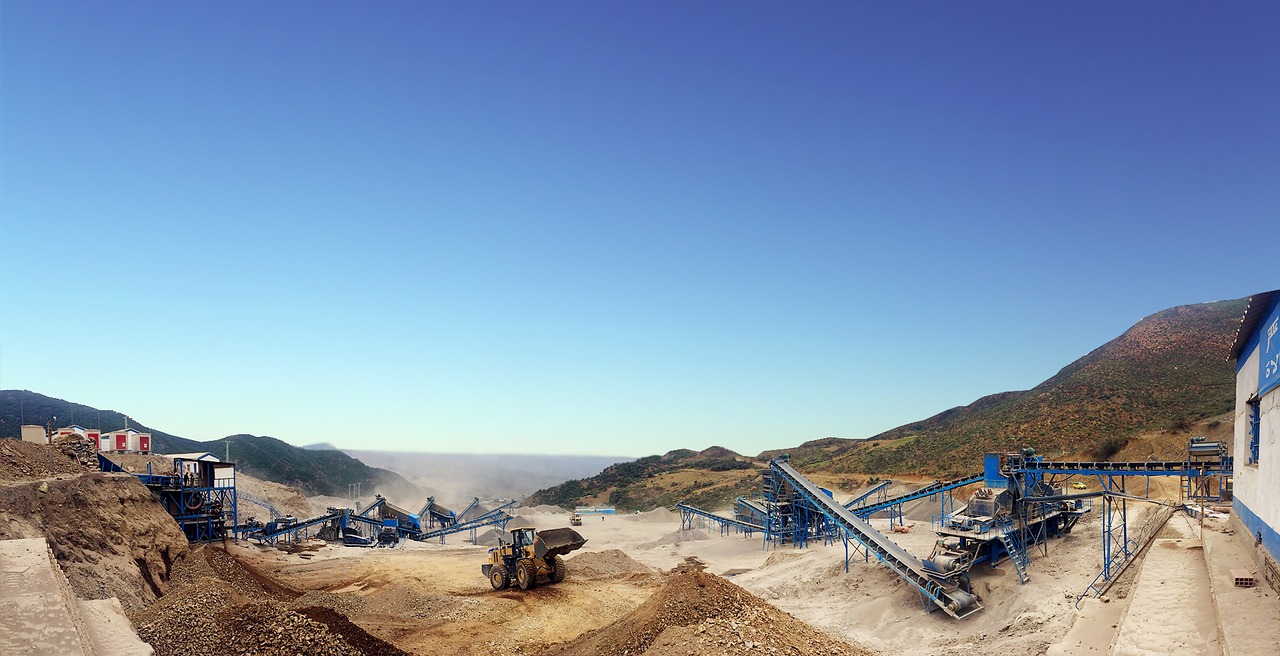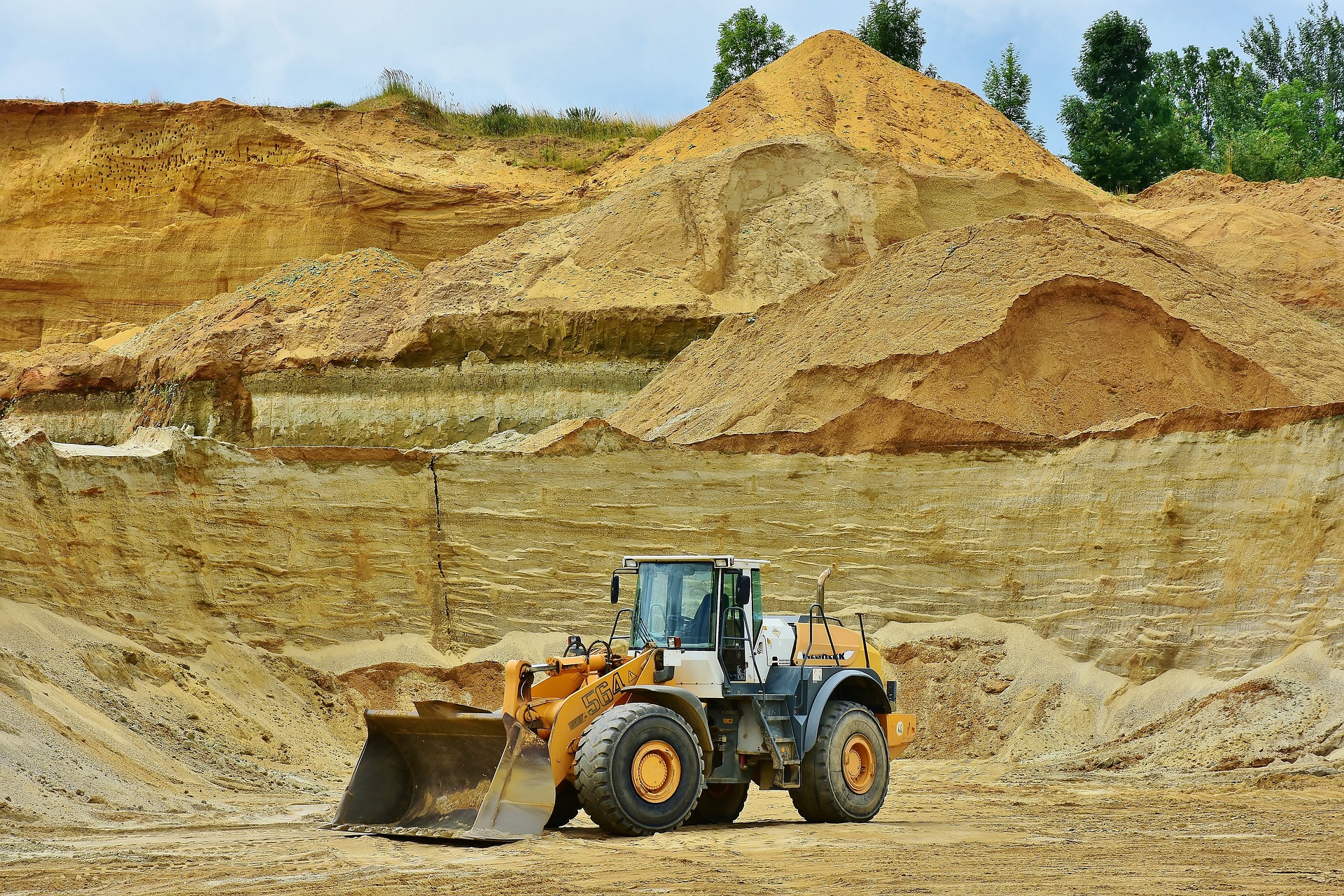South Africa’s Mining Industry Fortunes Increase but Challenges Remain

For the first time in five years South Africa’s mining industry is said to have seen a considerable increase in revenue, with a 13% (R43 billion) increase from the prior year, a study by consulting firm PricewaterhouseCoopers (PwC) indicates.
PwC said that a significant price recovery for the main commodities in South African mines and exports has helped the country’s mining sector stage a turnaround in 2017. The consulting firm’s Annual South African Mine Report states that the sector’s improvement is worth noting as 2017 has been another testing year “for all players, big and small”.
Regulatory adjustments announced in June resulted in a reduction in dividends and market capitalization for companies operating in the country, reduced to June 2015 levels. The sector has also experienced various retrenchments throughout the industry and a slight increase in taxes paid, the report explains.
PwC Africa Energy Utilities and Resources leader, Michal Kotzé, said this year can be described as a year of policy uncertainty and real questions over the long-term sustainability within the industry.
A successive recuperation at the end of August was supported by improved US dollar prices and hope by investors that the suspended new Mining Charter would be adjusted before final implementation, states the report.
With respect to contribution by commodity, coal retained its firm position as the leading South African mining commodity revenue generator. Despite its percentage of profit generated remaining the same at 27%, it increased overall income to R119 billion from the previous year’s R105 billion. Platinum group metals’ (PGM) share of total revenue went down to 22% from 24% as total PGM revenue decreased by R2 billion to R94 billion. Gold’s share of mining revenue reduced to 16% from the 18% of 2016.

Due to a weaker Rand for most of the reporting period, the revenue of gold companies went up by 17% (R23 billion). The platinum companies have measured revenue increases of 4% from the previous year as a result of improved platinum prices for certain periods of the year.
Operating expenses rocketed by R13 billion, which is a 5% increase from the previous year. The majority of mining companies’ expenditures still go towards labour, accounting for approximately 44%. Labour costs went up by 4.5%.
The value of illegal mining and dealing of metals and diamonds in South Africa is approximated to be over R7 billion per year. The South African gold sector has been the most negatively impacted with regards to illegal mining within the trade, out of the companies included in the study, PwC explains.
The Chamber of Mines is said to have emphasized the need for mining houses and the South African Police Service to work together at all levels of prohibited mining activity, from individuals working underground to the large syndicates that manage illicit mining activity and sell the final product.
Another area of concern in the mining industry has been the safety issue; the study indicates that there were 38 fatalities in the first half of 2017. The focus on mine safety has become a high-profile public concern, thereby making Medical Aid cover of importance for mine workers.
Disclaimer: The information in this article is provided for informational purposes only.





































